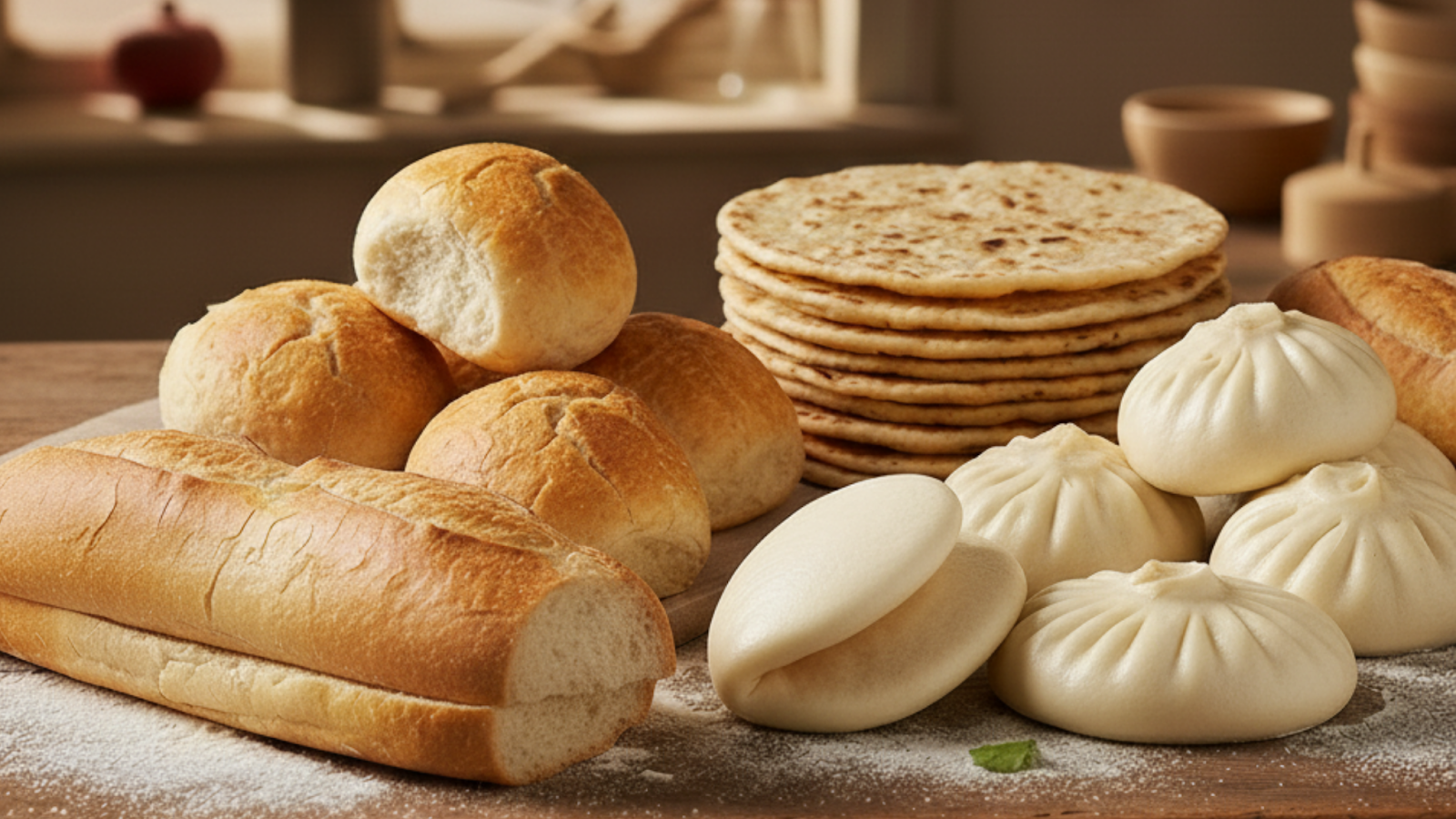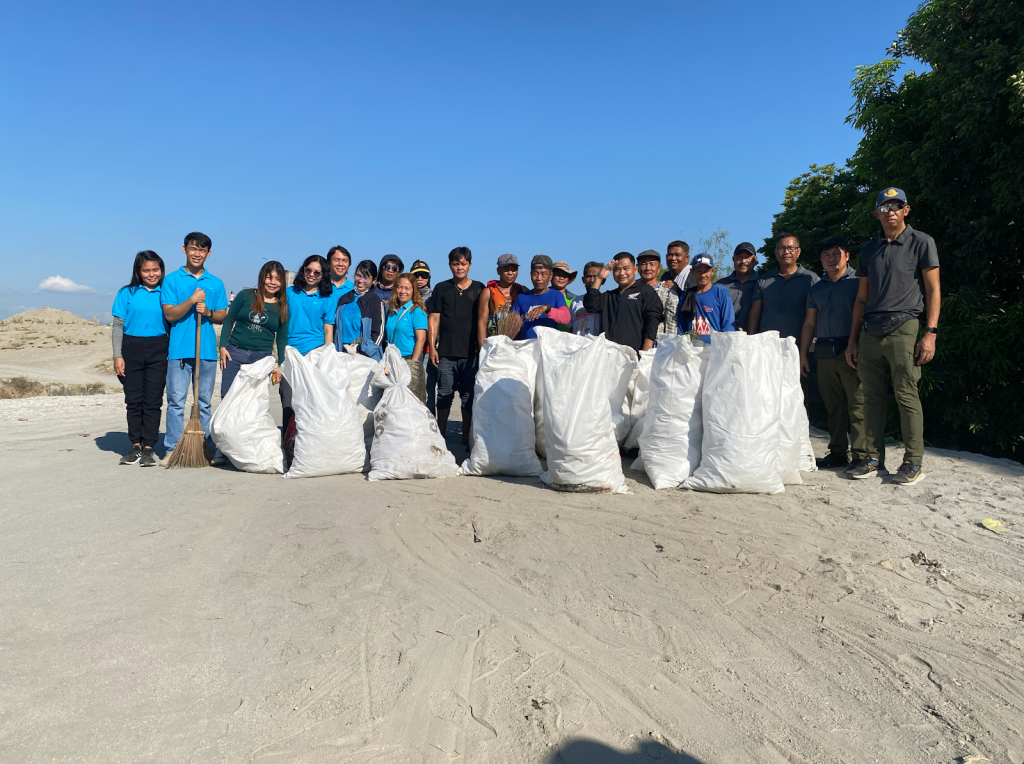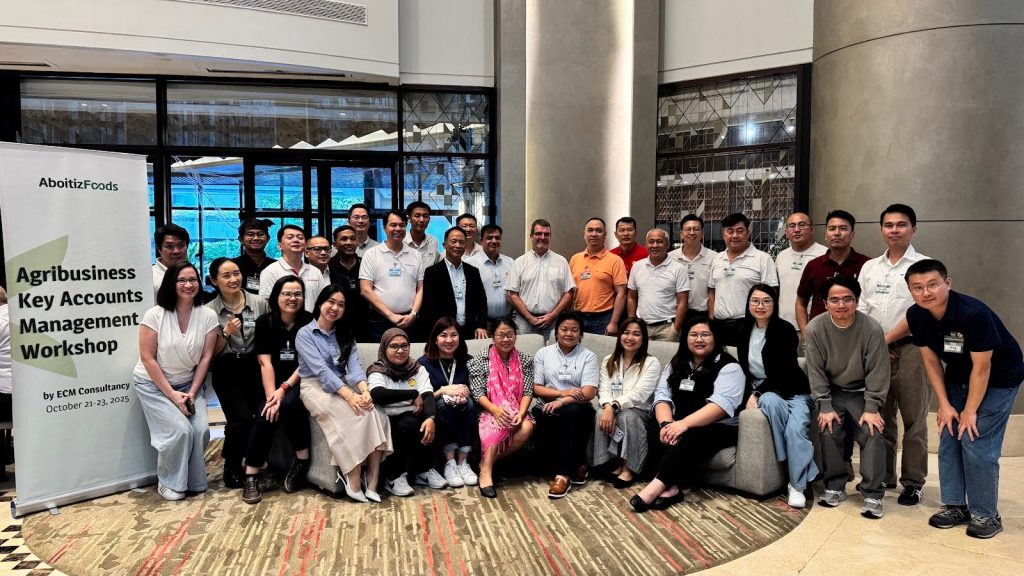Bread may be simple–just flour and a few ingredients–yet it holds so much meaning. Across the world, bread has been a symbol of nourishment, and comfort.. This World Bread Day, we celebrate not only the food but also the traditions that rise with every loaf.
In Asia, bread takes on many forms—soft, crisp, steamed, or layered—each reflecting the rich cultures that make the region so diverse. Let’s discover the different types of bread that connect us through flavor, history, and heart.
The Philippines – Pandesal: A Taste of Home
A typical Filipino morning feels complete with a warm, golden pandesal. It’s soft, slightly sweet, and dusted with breadcrumbs; it’s the bread that has fueled generations of Filipino breakfasts.
Pandesal is comfort in its simplest form — the scent of freshly baked bread before sunrise, the warmth shared over a cup of coffee, and the simple joy of pairing it with cheese, peanut butter, or corned beef.
Beyond its simple ingredients, pandesal carries a story of resilience and togetherness. It reminds us that even the simplest things can bring people closer: one bite, one morning at a time.
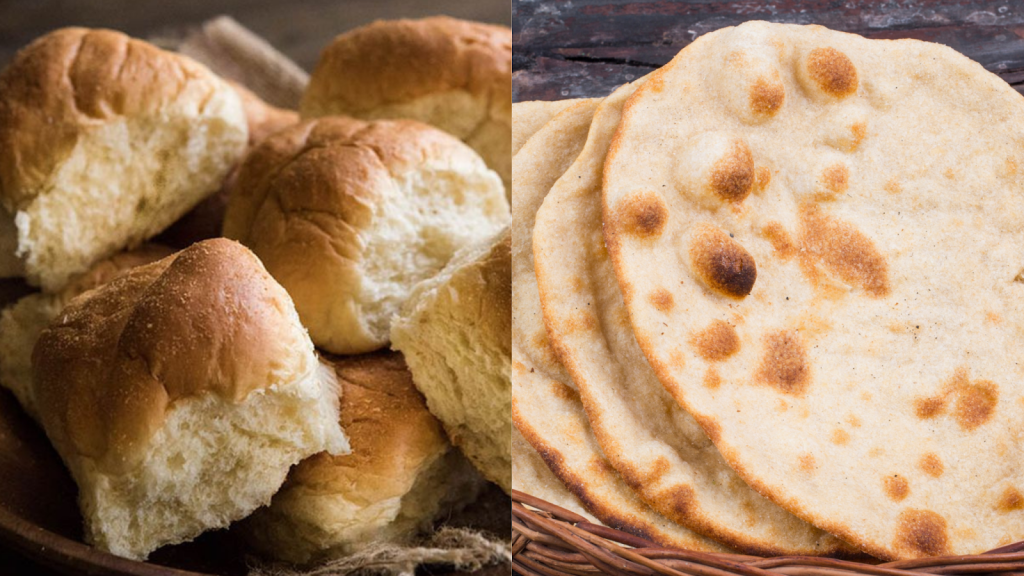
Malaysia & Indonesia – Roti: Versatile and Vibrant
In Malaysia and Indonesia, roti comes in countless forms, ranging from flaky, buttery roti canai to thick, grilled roti bakar.
Roti embodies a seamless fusion of influences from Indian, Malay, and Indonesian cuisines. Whether enjoyed with spicy curry or a drizzle of condensed milk, roti is a symbol of versatility and connection. It’s the kind of bread that brings people together at roadside stalls, bustling markets, and family tables.
Vietnam – Bánh Mì: East Meets West
Vietnam’s bánh mì is a remarkable example of cultural fusion. Introduced through the French baguette, it was reimagined with local ingredients and flavors, becoming a uniquely Vietnamese creation — crisp crust and soft interior filled with savory meats, pickled vegetables, and fresh herbs.
Every bite tells a story of adaptation and creativity. What began as a colonial introduction has become a symbol of Vietnamese ingenuity and and a foodie favorite. Bánh mì illustrates how bread can evolve and embrace change, just like the people who make and share it.
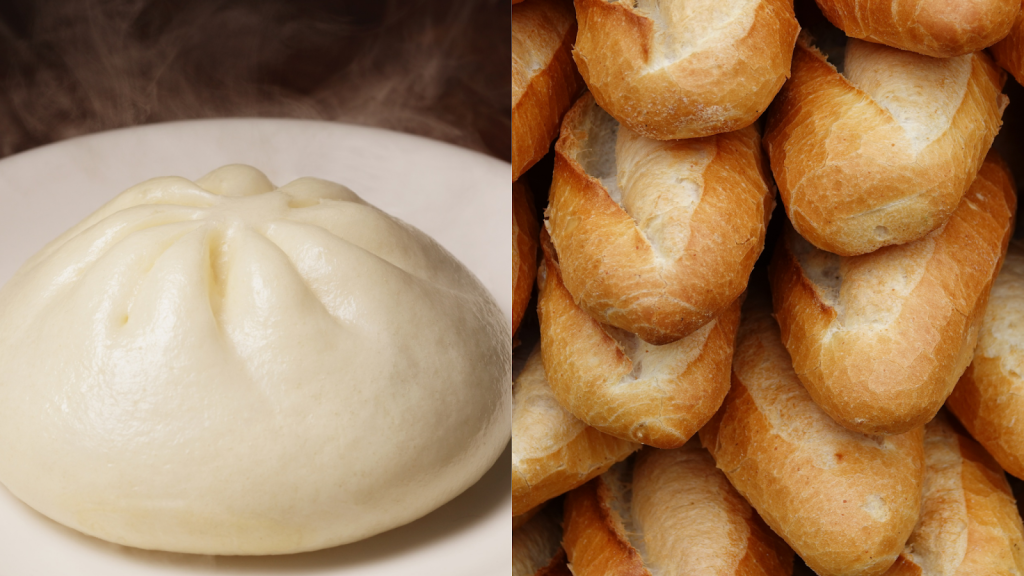
China – Bao and Mantou: Tradition in Every Bite
In China, bread takes a softer form — steamed instead of baked. Mantou, the plain white bun, and baozi, its filled counterpart, are staples across northern China.
Light, fluffy, and subtly sweet, mantou is often served alongside savory dishes, while baozi bursts with flavors like pork, red bean, or vegetables. Both of these dishes have deep roots in Chinese history and are often shared during family gatherings and festivals. Each bite reflects tradition, unity, and the joy of coming together.
Bread as a Common Thread
From the Philippines to China, Malaysia, and Vietnam, each country has its own way of kneading, steaming, or baking bread, but they all share the same essence. Bread nourishes us, comforts us, and brings us closer. It’s a reminder that despite our different languages and tastes, we share something beautifully simple: the love of good food and the connections it creates.
Through Pilmico Flour, we believe that every baker, from the smallest neighborhood panaderya to large-scale producers, plays a vital role in bringing this sense of connection to life.
Pilmico Flour’s legacy began overover six decades ago in Iligan City, Misamis Oriental—with an initial capacity of 12,000 bags of flour daily,we have ensured consistent quality from the moment wheat is sourced until it reaches the hands of the regional baker.
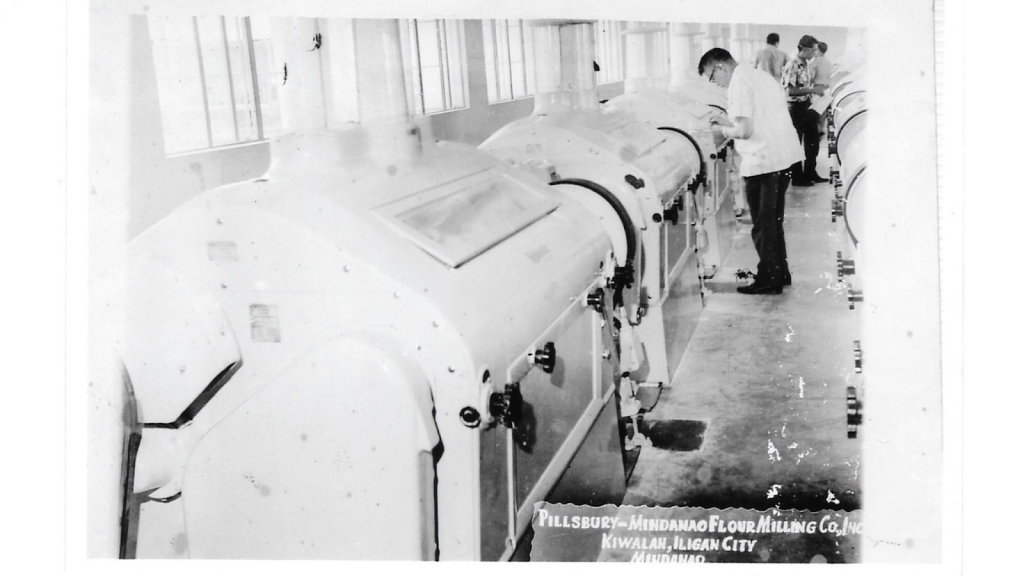
Pilmico proudly carries this heritage forward by supporting the local baking community. We ensure a reliable supply of high-quality flour, empowering a new generation of entrepreneurs to cultivate their craft and create sustainable livelihoods for their communities.
As we celebrate World Bread Day, Pilmico stands with every baker whose passion brings people together — proving that behind every great bread is great flour, purpose, and partnership.
FAQS:
What is World Bread Day?
World Bread Day, celebrated every October 16, honors bread as a symbol of nourishment, comfort, and togetherness worldwide.
How is Pilmico part of World Bread Day?
Pilmico is proud to be the flour behind many of the Philippines’ beloved breads. For over 60 years, the company has supported bakers with high-quality flour that ensures every loaf, roll, or bun is made with care.
What kind of flour does Pilmico produce?
Pilmico produces different varieties of premium, Halal-certified flour–from soft wheat to hard wheat. The company was also recognized for being the first Halal-certified Flour Company in the Philippines–a status it has maintained since 2009.
